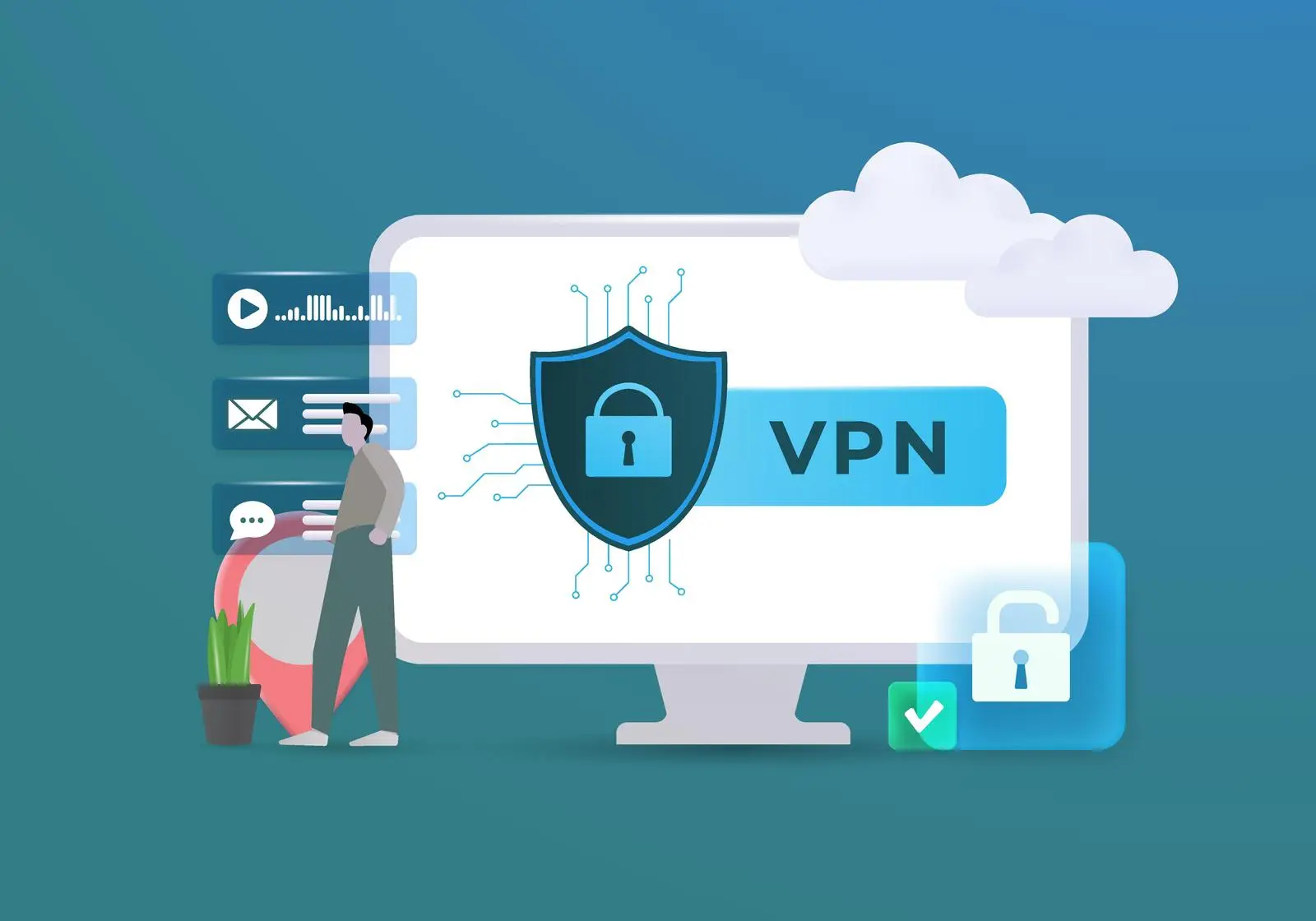As the world continues to rely more on internet-based applications, the prevalence of cybercrime increases accordingly. A report by Cybersecurity Ventures estimates that global cybercrime costs will reach €10.5 trillion per year by 2025, up from €3 trillion in 2015. Credentials and personal information are the most valuable assets in security breaches, emphasizing the importance for companies to assume the presence of a threat and take the necessary steps to protect themselves.
For decades, most companies have utilized Virtual Private Networks (VPNs) to secure their network. A VPN creates a secure, encrypted connection that masks the user’s IP address and location, making it an ideal solution for remote access. However, VPNs have limitations in today’s distributed work environment, and companies looking to fortify their network security should consider additional options.
Zero Trust Network Access (ZTNA) is a model that offers access to network applications in a much more secure way than a VPN. ZTNA is based on the assumption that anyone trying to access a network or application is a malicious actor whose use should be restricted through continuous verification. To enforce its security levels, ZTNA uses an adaptive per-session verification policy that may take into account a combination of the user’s identity, location, device, time and date of the request, and previously observed usage patterns.
Once verified, the Zero Trust Network creates a secure tunnel from the user’s device to the requested application, prohibiting public discovery or lateral movement to other applications on the network, ultimately decreasing the likelihood of cyberattacks. ZTNA does not consider any part of the company network to be an implicitly trusted zone. Instead, it applies micro-segmentation and prescriptive security policies to the enterprise edge architecture to create tunnels for users to access specific applications and nothing else.
In contrast, VPNs have limitations in functionality and their security capabilities haven’t evolved as quickly as the ingenuity of modern hackers. Although businesses can use both security solutions, ZTNA has several advantages over VPNs.
ZTNA Advantages over VPNs
- ZTNA limits the extent of user access, whereas a VPN creates more opportunities for data breaches by allowing greater access possibilities. In a perimeter-based VPN, a hacker can cross a corporate firewall and move around the company’s secure applications without much endurance, creating more opportunities for a data breach. On the other hand, ZTNA does not allow any part of the company network to be an implicitly trusted zone, thereby reducing the attack surface and limiting the extent of user access.
- ZTNA uses adaptive security policies that continuously mitigate risk, whereas a VPN uses a single sign-on to give users access to a corporate network. These security assessments take into account the user’s location, when they last tried to access an app, whether they are using a new device, and whether they exhibit abnormal behavior such as rapid data tampering or deletion. ZTNA’s security monitoring capabilities are not possible with a VPN alone.
- Direct connections to the app create a better user experience, as zero-trust networks do away with the concept of a perimeter and force all user traffic to go through a cloud inspection point every time data is transmitted. This inspection is completed with such low latency that it is practically imperceptible to the end user. Conversely, VPNs can be hampered by limited bandwidth and backend performance limitations. Because ZTNA is network and location-agnostic, employees can spend more time working and less time waiting for apps to load while working remotely.
Drawbacks of ZTNA
While ZTNA is a superior security solution, there are some drawbacks to consider.
ZTNA may have higher initial setup costs compared to VPN, which could deter companies that have already invested in VPN infrastructure. Moreover, the novelty of ZTNA may pose challenges in terms of finding qualified personnel to manage and maintain the network.
ZTNA is a relatively new concept and not yet widely adopted, which may pose some challenges when it comes to finding qualified personnel to manage and maintain the network.
Another consideration is that ZTNA does not provide the same level of privacy and anonymity as VPNs. VPNs allow users to connect to the internet through an encrypted connection, making it difficult for third parties to intercept and view their online activity. ZTNA, on the other hand, is focused on securing access to specific applications and does not provide the same level of privacy for general internet use.
Bottomline
Ultimately, the decision to use ZTNA or VPN will depend on the specific needs and circumstances of each organization. Companies with a large number of remote employees who need access to specific applications may find that ZTNA is a better fit, while those with a more traditional office-based setup may continue to rely on VPNs.
Although VPNs have been the security solution of choice for many companies for years, the advent of remote work and the sophistication of cyber threats have led to the development of newer security models like ZTNA. ZTNA provides a more targeted and customized approach to security, restricting access to specific applications and utilizing adaptive security policies to mitigate risks. However, it is important to weigh the benefits and drawbacks of each approach, including higher initial setup costs and privacy concerns, before making a decision.
